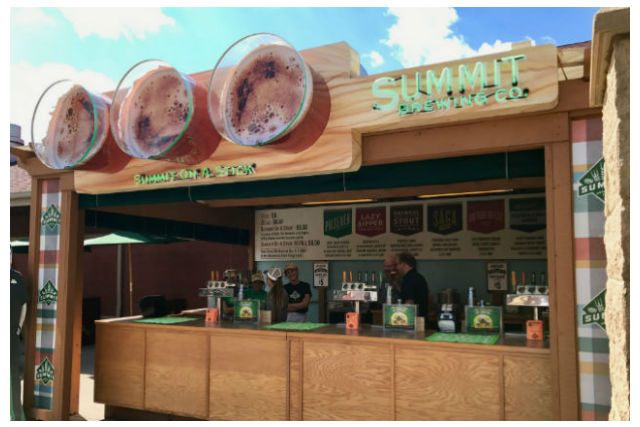
The use of analytics technology tied in with gut instinct is the new calling card for keeping your brewery on the cusp of future sales. From pilot batch, to taproom feedback, determining such things asproduction and finding a sales niche can all rely on how much forecasting your brewery has before the liquid is poured.
Basing production forecasts solely on historical volume and recent trends was not good enough for Summit Brewing‘s Stuart Johnson, the brewery’s Director of Planning, Fulfillment and Systems.
“We couldn’t run this business ‘in our heads’ any longer. … [It] was leading to inventory problems,” he said.
Summit found a new approach to forecasting through software that they couldn’t have replicated on their own. Being able to automatically import VIP depletions, along with demand forecasting, inventory optimization, and replenishment planning, the software also improved the speed and accuracy of the brewery’s sales and production forecasting.
“The new information generated provides a much deeper analysis of trends to apply the best match going forward,” Johnson said. “We can then layer any sales initiatives on top of that, which gets us to a point of looking up to 12 months out with a higher degree of accuracy.”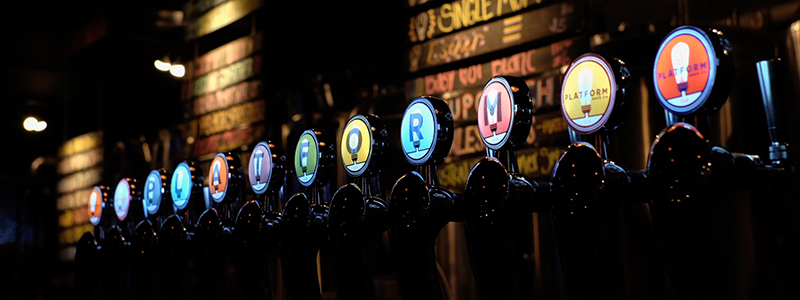
Being able to track analytics, such as data via social media, consumer interaction along with sales figures, a brewery can give itself a leg up in determining the success of a beer.
Summit’s operations and sales executives wanted to implement a simple forecasting system that would be able to account for key market variables and save time.
“We’re producing more accurate forecasts and therefore making better decisions with far less manual work,” Johnson added.
Justin Carson, the owner of Platform Brewing in Cleveland said his brewery is very analytical as far as what is trending, how beers are received, and they use verified sales to apply to their sales approach.
Sales techniques are ever changing since the brewery opened in 2014 and Carson said his management team encourages salespeople to always listen to customers and bring feedback to the brewery for new ideas. Distribution software along with IRI numbers help track data while spreadsheets and mapping tools can help round out details.
“We know how something should perform before brewing, to verifying customer experience, to verified sales at locations,” he explained. “We have different barometers for different styles but basically everything we do … dictates if the product will be released again or just a one-off.”
Using software has also helped Summit dial in packaging and raw materials purchases based on expected finished goods needs.
“That means less dollars tied up in inventory sitting at the brewery,” Johnson said.”I look at this data as part of a puzzle. It was a missing piece that we didn’t have. After including it in the process, I noticed that our accuracy grew to the point where others trusted the forecast again.”

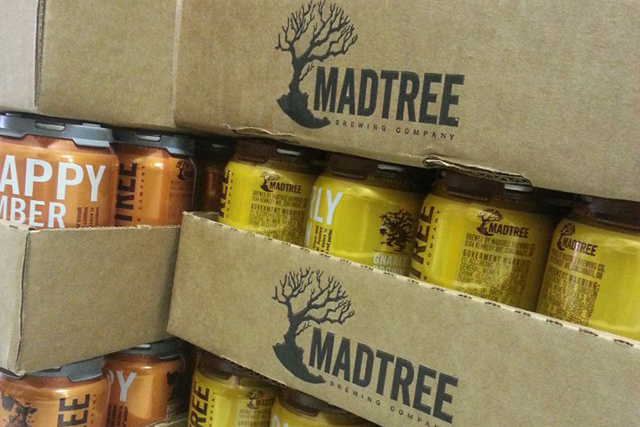
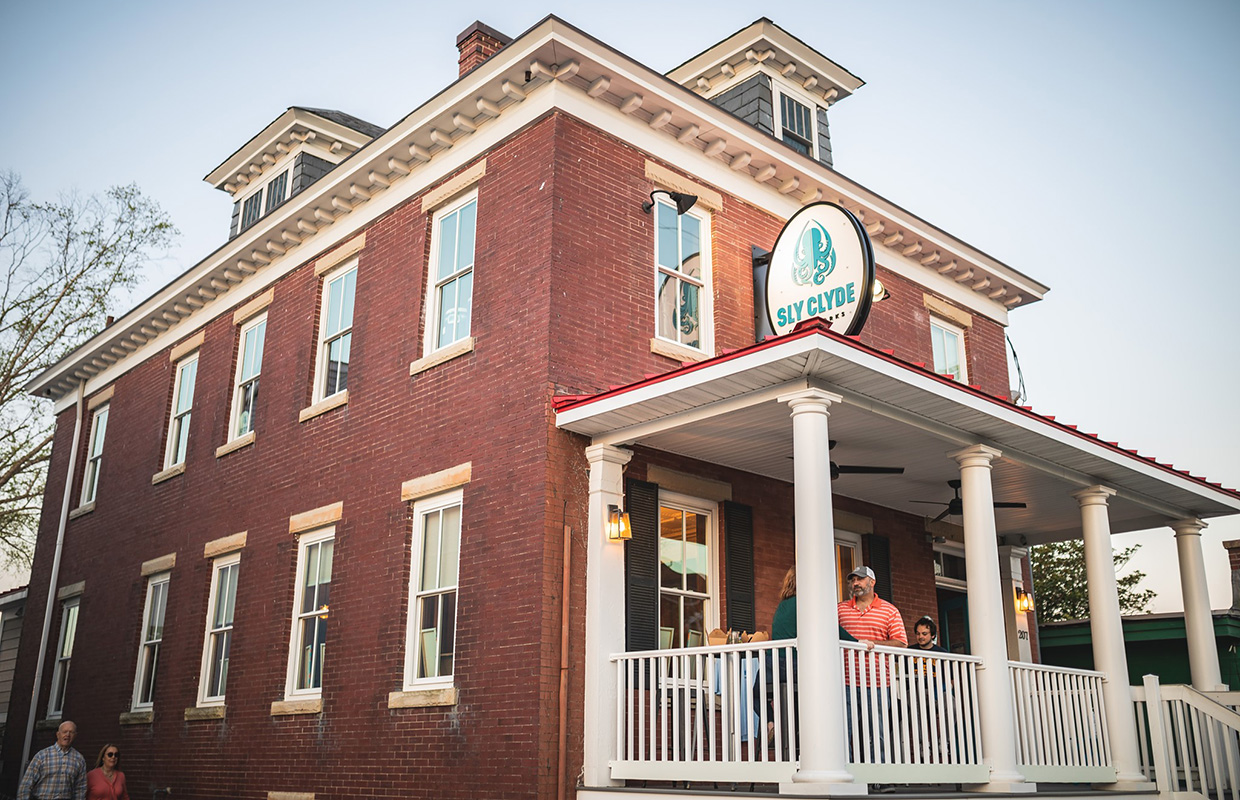
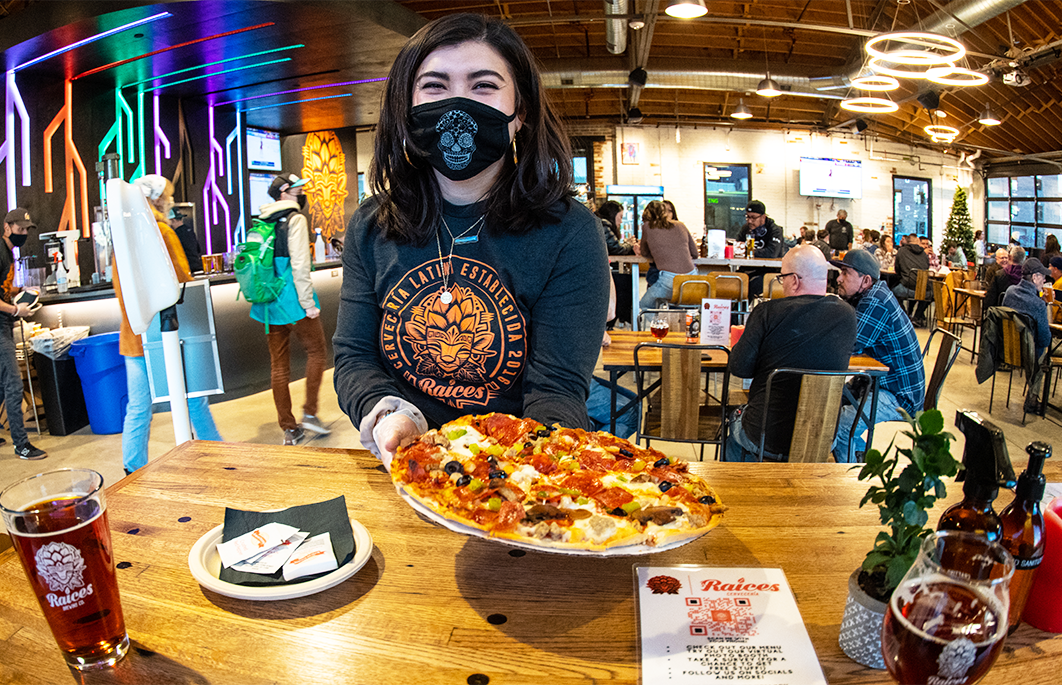
Be the first to comment